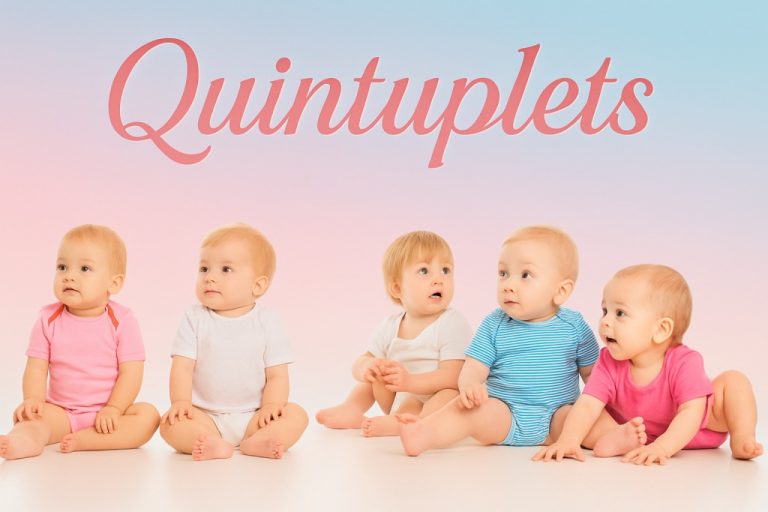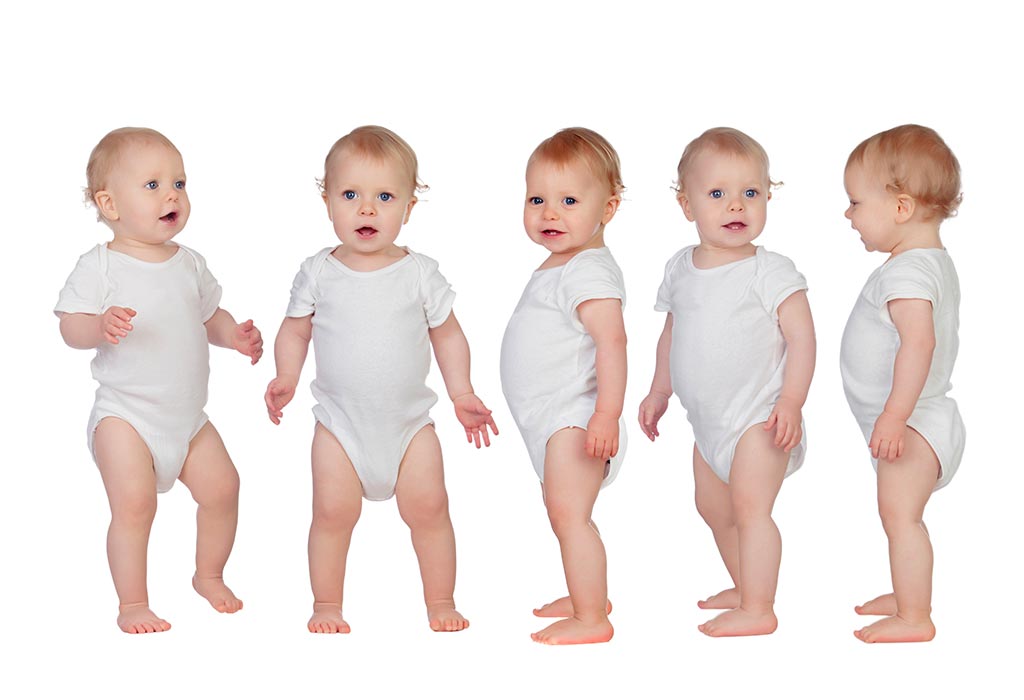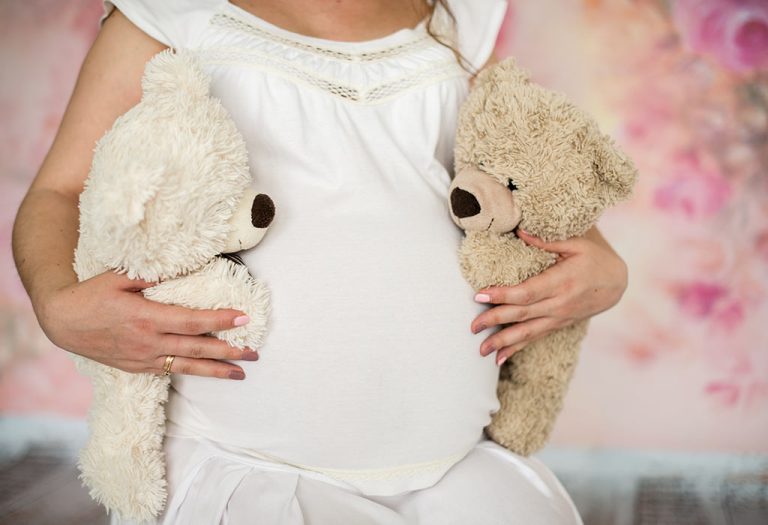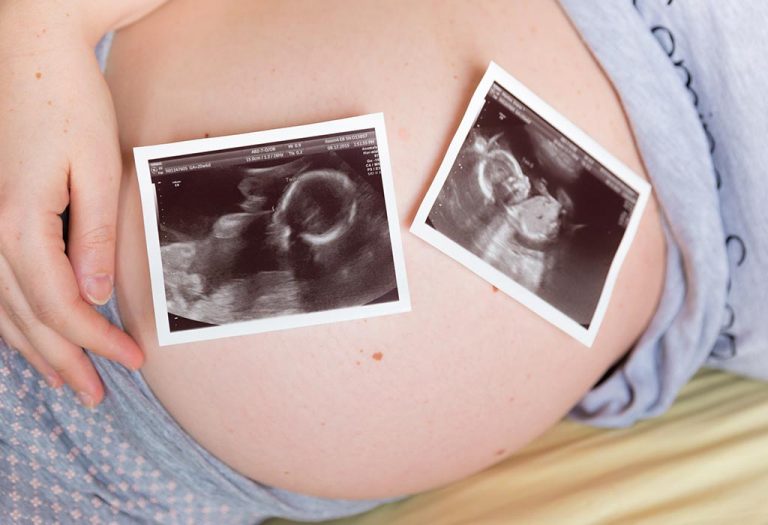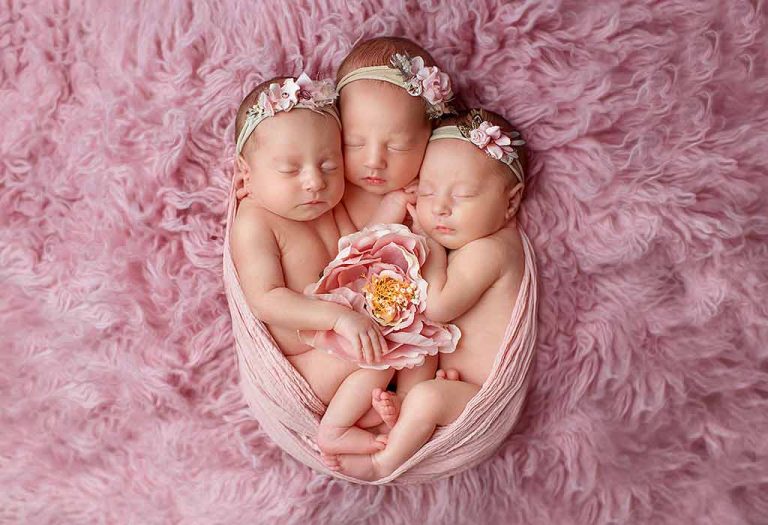Quintuplet – Meaning, Types, Pregnancy Risks, and More
Higher-order multiple births can be quite complicated and overwhelming for new parents-to-be! But ever thought of conceiving five babies from the same pregnancy? Well, that’s a quintuplet pregnancy. The occurrence of quintuplet births is relatively rare compared to singleton, twin, or triplet pregnancy, given the risks and complications it entails for the entire pregnancy, the mother, and the babies. Here, we have a detailed article that covers everything you need to know about this special type of pregnancy.
What Are Quintuplets?
Quintuplets meaning is tied to the birth of 5 babies to a mother in a single pregnancy. A baby that’s a part of this five-set of babies is often referred to as ‘quint’ or ‘quintuplet!’ Quintuplet pregnancy or higher-order births that are also known as ‘super twins’ are quite rare and mostly happen because of increased consumption of fertility drugs and assisted reproduction technology.
History of First Quintuplets
The history of the first quintuplets is quite interesting. The first set of quintuplets was born in Canada in 1934 and were known as the Dionne quintuplets. The Dionne quintuplets were five girls named Annette, Emilie, Cecile, Yvonne, and Marie, all of them attracted worldwide attention (1). The quintuplets were taken from their parent’s care under the custody of a doctor. They were a tourist attraction, as nobody had seen a birth like this before.
Major Types of Quintuplets
Quintuplets can be classified as follows:
1. Fraternal Quintuplets
Fraternal quintuplets, also known as polyzygotic quintuplets, occur when five unique sperms fertilise five eggs separately. Polyzygotic quintuplets can be all male or all female or a combination of both.
2. Identical Quintuplets
Identical quintuplets are also known as monozygotic quintuplets, which occur when one sperm fertilises one egg and that splits into two or more embryos. In the case of monozygotic quintuplets, a split can occur more than once, which can produce a monozygotic triplet or, in rare cases, monozygotic quintuplets! Fully monozygotic quintuplets are extremely rare. Monozygotic quintuplets will always result in the same sex for all babies.
3. Combination Quintuplets
A combination of the occurrence of both monozygotic and polyzygotic quintuplets is known as a combination quintuplet. Combination quintuplets can be all male or all female or a combination of both.
Chances of Having Quintuplets
The odds of quintuplets or higher-order multiples are quite rare. During 2017, the US reported 49 higher-order births! This statistic includes quintuplets, sextuplets, and even septuplets or more. However, it is believed that spontaneously getting a woman pregnant with quintuplets is extremely rare, and the estimated chance of having a quintuplet pregnancy is one in 60 million births! The occurrence of natural quintuplets is 1 in 55,000,000 births! The recently reported quintuplet births were a result of assisted reproductive technology, such as in vitro fertilisation or IVF.
Health Risks of Quintuplets Pregnancy
A pregnant woman with quintuplets and her babies are at higher risk compared to other kinds of pregnancy. Here are some commonly observed risks in quintuplets pregnancy.
For Mothers
- The odds of miscarriage in multiple pregnancies are higher compared to singleton, twin, and triplet pregnancies. The risk could be the miscarriage of one or all the quintuplets. A significant percentage of early-stage miscarriages happens due to genetic abnormalities.
- Uterine rupture and placental abruption.
- Multiple pregnancy, including a quintuplet pregnancy, has a high risk of preterm labour, premature delivery, hypertension, gestational diabetes, placental previa, anaemia, and antepartum and postpartum haemorrhage (2).
- Due to the stress and health risk of delivering five babies, a normal vaginal delivery is not deemed the right choice of childbirth. In such cases, cesarean delivery is recommended.
- Due to multiple babies, the risk of complications is tenfold, which makes strict safety checks and care necessary around household work, lifestyle, food, and taking care of older children, if there are any. Thus, in quintuplet cases, women are advised to have bed rest to reduce the risk of any pregnancy complications. The course of maternity leave and work during pregnancy usually varies in cases of multiple pregnancy.
- The nutritional requirements in a quintuplet pregnancy change, requiring increased caloric and nutritional needs.
- Pregnant women with quintuplet babies need easy access to prenatal care and tertiary neonatal services. Pregnant women living in rural or regional areas are recommended to relocate during their second or third trimester as soon as possible so they can get easy and fast access to healthcare when in need and during labour.
- Pregnant women with quintuplets are at higher risk of experiencing postnatal depression and psychological discomfort after childbirth. Plus, the cost of raising five babies at once also adds to the stress.
For Babies
- The quintuplet babies are always at risk of premature birth (3).
- There is a high risk of low birth weight and intra-uterine growth retardation. The average birth weight of an individual preterm quintuplet is about 1.3 kg, but many babies weigh less than this, not exceeding 1kg.
- The risk of developmental problems in babies, including gross and fine motor skills, social and emotional development, speech and language development, and visual acuity, is high.
- Breathing difficulties and issues with the maintenance of blood sugar levels and body temperature.
- Risk of cerebral palsy and jaundice.
- A generalised higher risk of physiological problems, including hernia.
Surviving Quintuplet Pregnancy and Labour
In general, for a normal pregnancy, the average gestation period or full-term labour is of 40 weeks. However, in the case of a quintuplet pregnancy, the gestation period is about 29 weeks. On average, the expecting mothers will gain more than 50 pounds of extra weight while carrying the quintuplets in the womb. They also have to undergo a surgical procedure known as cervical cerclage, in which the cervix is stitched shut to prevent any preterm labour. Most likely, quintuplet births take place by cesarean or C-section delivery, and each child has a birth weight of 2 pounds and 12 ounces on average. The quintuplets will be admitted to the NICU (neonatal intensive care unit) for appropriate medical care until they reach their actual expected birth date. Quintuplets generally do not share the same birth dates, in most cases, there is a delayed interval delivery, which is also known as iatrogenic asynchronous birth. It means that each baby is born days or weeks apart from the others!
Some Interesting Facts About Quintuplets
These interesting facts about quintuplets would simply blow your mind!
- The Wilkinson quintuplets were born in 2007 at around 34 weeks and weighed about 21 pounds altogether!
- An interesting novel was released in 1993, named ‘Feather Crowns’, it’s a story about a young couple in Kentucky who give birth to quintuplets!
- The first quintuplet birth in the US had happened in the year 1875 and was reported as the Kanouse quints in Watertown, all of them were boys, but did not survive.
- According to the Guinness Book of World Records, the heaviest quintuplets were reported to be of 25 pounds together at birth and were born to two mother,s one in 1956 to Mrs. Kamalammal, India, and another one to Mrs. Liu Saulin in 1953, China.
- A famous baseball player, Melvin Mora, had fathered quintuplets in the year 2001, three girls and two boys!
- A show named ‘quintuplets’ was aired in 2004 starring Andy Richter and Rebecca Creskoff in which they are parents to teenage quintuplets!
FAQs
1. How common is quintuplet pregnancy?
The rate of quintuplet births is about 1 in 55 million, which makes them a rare occurrence globally.
2. What factors increase the chances of quintuplets?
The following factors increase the likelihood of quintuplets:
- The mother has a family history of multiple babies.
- The mother conceived through fertility assistance, including IVF.
- Women are of African, especially Nigerian, descent.
- Lactating women breastfeeding a toddler or an older baby.
- Couples having regular or frequent sex during the fertile phases can spike the overall chances of conception occurring.
- Women who are taller and have a higher Body Mass Index (BMI).
- Women conceiving after the age of 35 are most likely to conceive multiples due to the’fertility spike.’
- Multiple previous pregnancies.
Having quintuplets or multiples comes with unique parenting challenges; it’s best to seek support and advice from experts and other families. Some of the organisations that offer resources and assistance include – ‘Multiple Births’, Canada, and ‘Raising Multiples’ (Mother of Supertwins) community, United States!
Also Read:
How to Conceive Twins
Multiple Pregnancy
How You Can Get Pregnant With Triplets Naturally
Was This Article Helpful?
Parenting is a huge responsibility, for you as a caregiver, but also for us as a parenting content platform. We understand that and take our responsibility of creating credible content seriously. FirstCry Parenting articles are written and published only after extensive research using factually sound references to deliver quality content that is accurate, validated by experts, and completely reliable. To understand how we go about creating content that is credible, read our editorial policy here.





